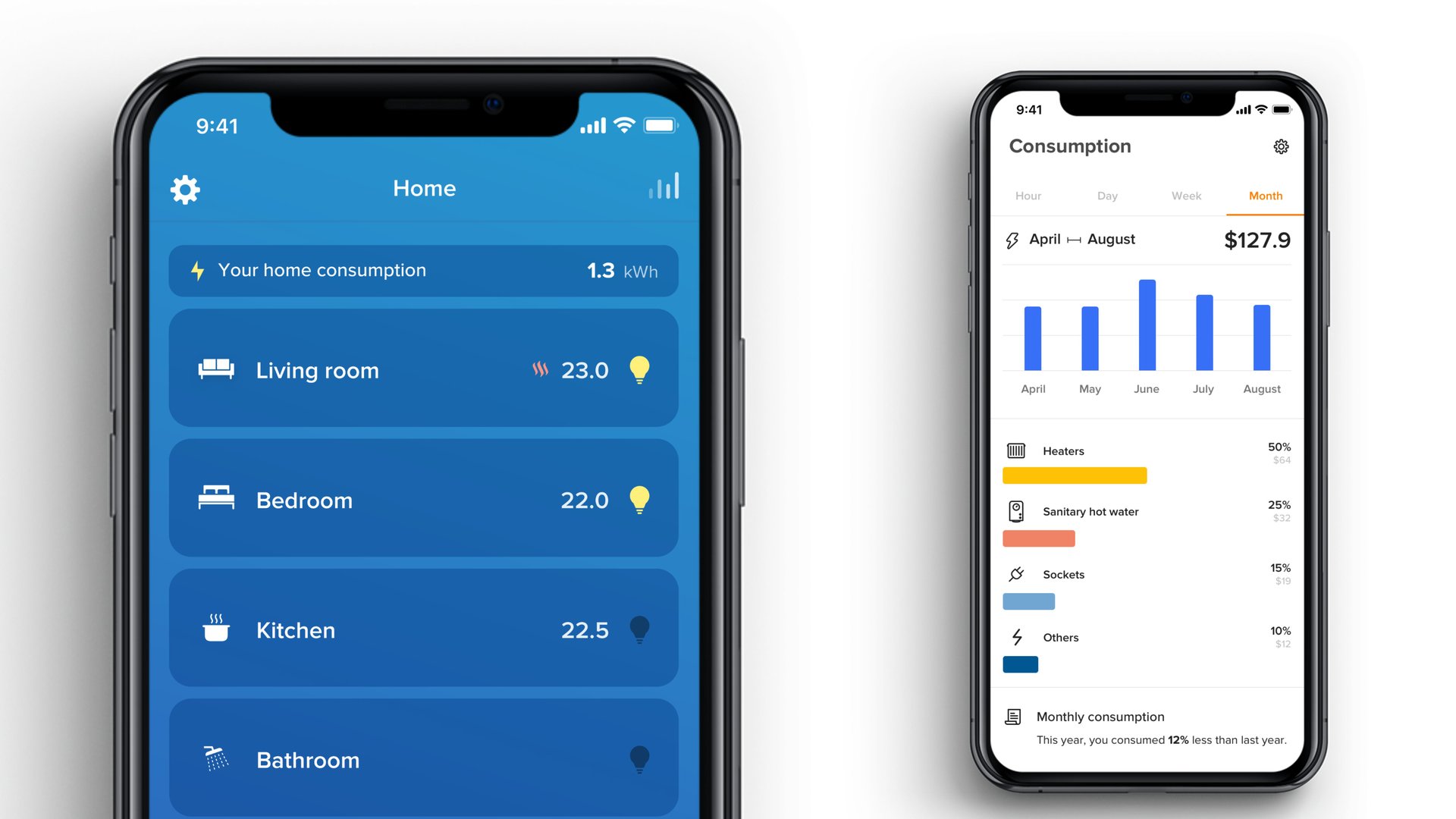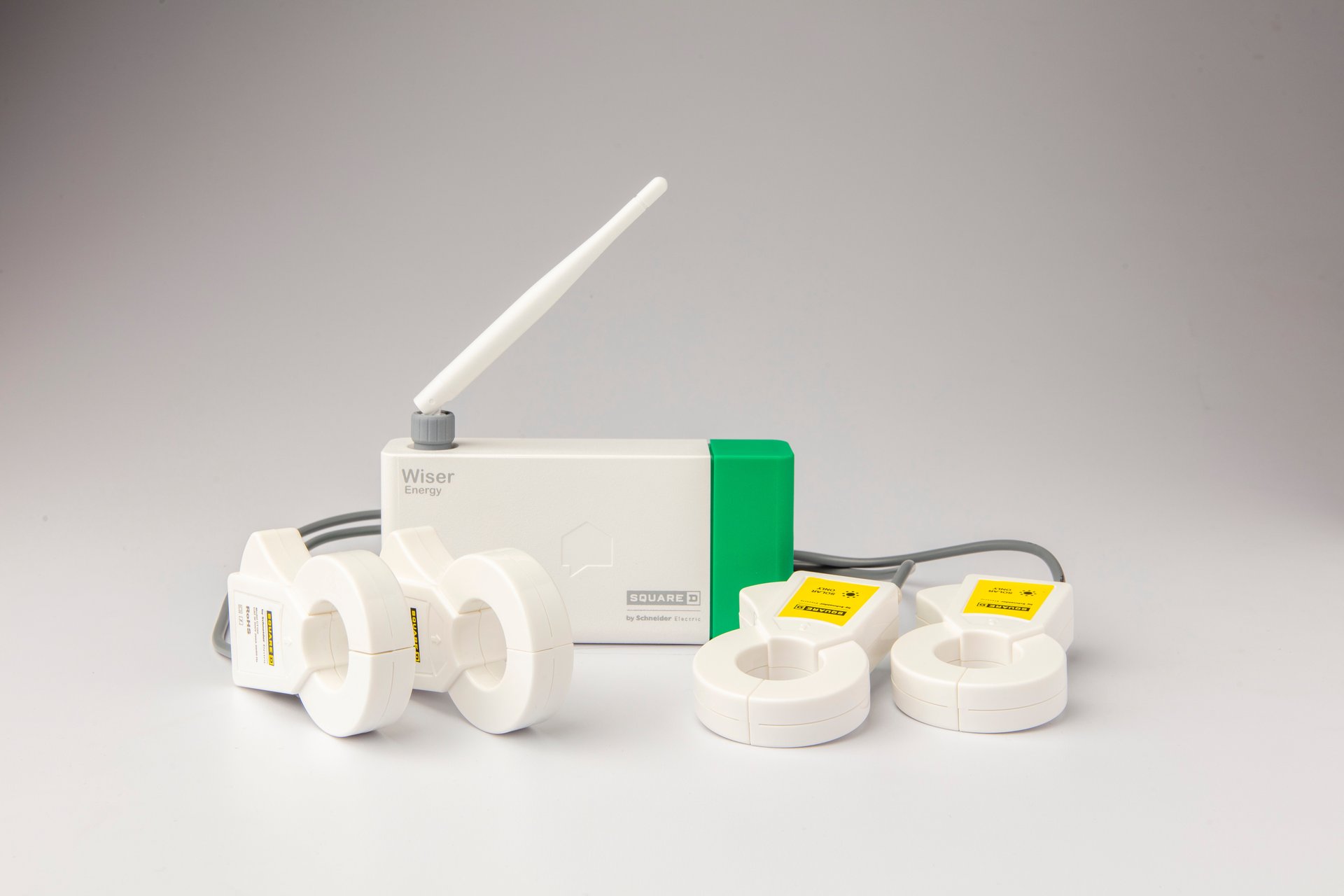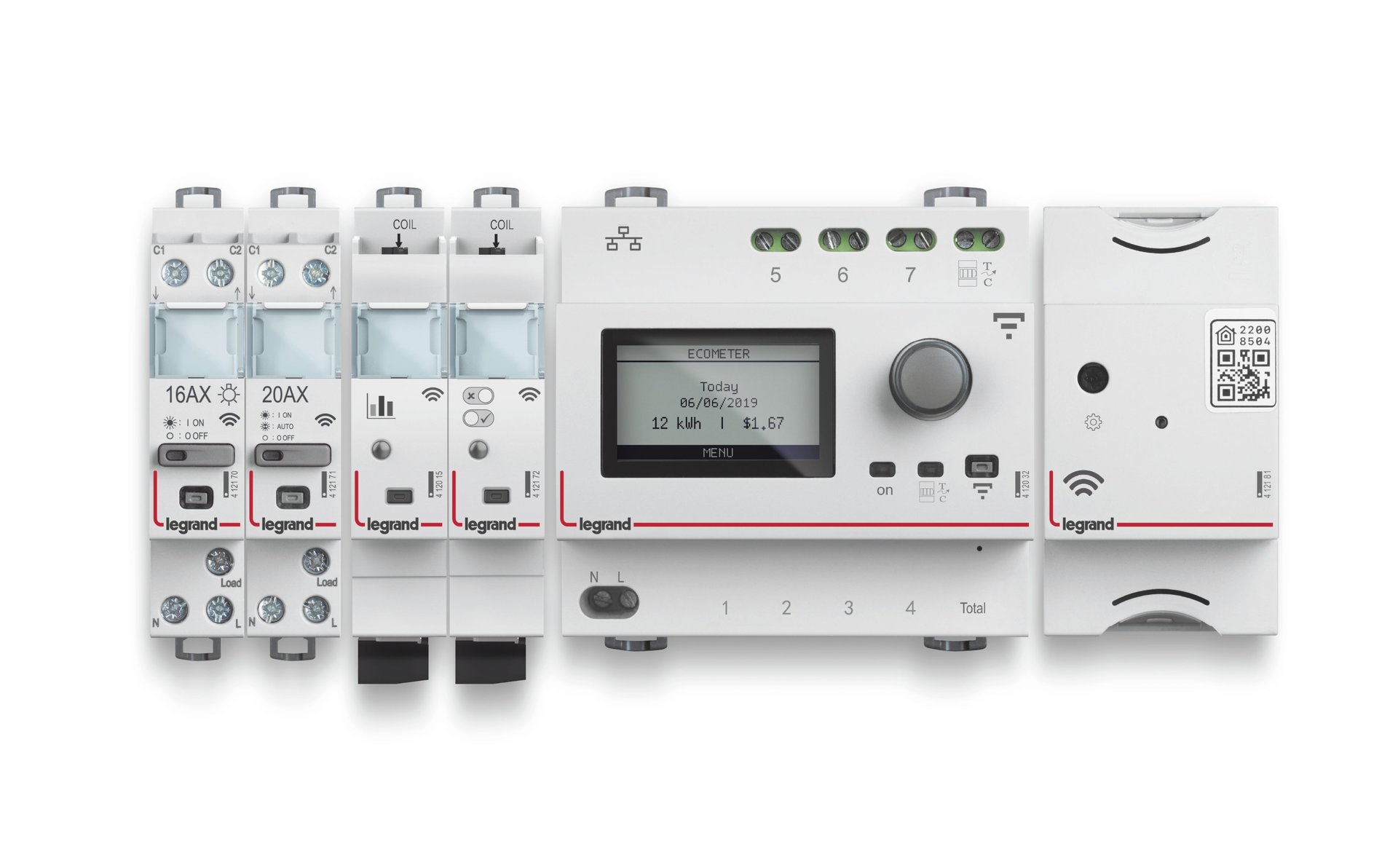Here’s a smarter way to save money and energy in your home
Forget about running around the house like a madman, turning off all the lights. Saving electricity at home is about to get a lot smarter. At CES 2020, the consumer electrics trade show in Las Vegas, companies like Schneider Electric, Legrand, and Leviton shared their latest solutions for eco-friendly residential living. The best part? You won’t have to replace all your appliances.


Forget about running around the house like a madman, turning off all the lights. Saving electricity at home is about to get a lot smarter. At CES 2020, the consumer electrics trade show in Las Vegas, companies like Schneider Electric, Legrand, and Leviton shared their latest solutions for eco-friendly residential living. The best part? You won’t have to replace all your appliances.
Smart fridges and thermostats can set you back a fair amount, and the worst part is, they only address energy consumption one appliance at a time. But by enhancing your electrical panel, these companies suggest, you can track and manage energy consumption across your entire home.
There are a few ways to go about it. The most basic approach is Schneider Electric’s Wiser Energy Smart Home Monitor ($299), a wifi-connected device you can install in your electrical panel. (Schneider recommends setup by a licensed electrician.) With two clamp-on current sensors—they attach to your main service cables—the monitor tracks your energy use down to the individual device, identifying the electronics based on power consumption and usage patterns.

Through the third-party Sense app, you can keep tabs on how much electricity you’re using, setting goals and notifications along the way. You can also use voice commands to track your energy use through Amazon Alexa and Google Home integrations. For now, Schneider’s home monitor isn’t compatible with Apple’s HomeKit, but both companies are part of the Zigbee Alliance, which is creating open standards for smart home devices.
While Schneider’s smart home monitor can help you track energy use, it doesn’t let you turn devices on and off—that is, unless you use the company’s smart plugs. The smart energy solution from Legrand may cost a bit more, but it goes that extra step. Legrand aims to replace parts of your old electrical panel with its own system, Drivia with Netatmo. The product launches in Europe this quarter, but the company has not announced US availability yet.

Drivia with Netatmo includes several different components: a contactor (MSRP: €100), smart latching relay (€70), energy meter (€68), and gateway module (€75). Of course, the more you need, the more it will cost. Together, they allow users to track their electricity consumption, and to switch devices on or off through Legrand’s Home + Control app, available on Android and iOS. Legrand’s system also supports all three major voice assistants, Amazon Alexa, Google Assistant, and Siri.
Neither Schneider Electric nor Legrand’s electrical panel solutions are first on the market. Others, like Leviton’s Load Center (price range: $200–$1,500) have come before, but there are pluses and minuses. Like Drivia, the Load Center—supported by an Android and iOS app—lets users individually switch circuit breakers off. However, it won’t let you turn them back on, and Load Center doesn’t include voice assistant capabilities. The company is working to include voice integrations “soon,” said Greg Rhoades, Leviton’s director of residential marketing. But even without voice assistant functions, Leviton is already available for purchase in the US, making it a happy medium between Schneider’s smart clamps (which lack the on/off function) and Legrand’s forthcoming, voice-enabled electrical panel.
As you consider your home improvement strategy, your electrical panel seems like the ideal place to start. It’s not just a one-off upgrade, it’s a shift in your entire energy consumption.
Correction: This article has been updated to clarify that Leviton’s Load Center allows users to switch circuit breakers off, but not on.